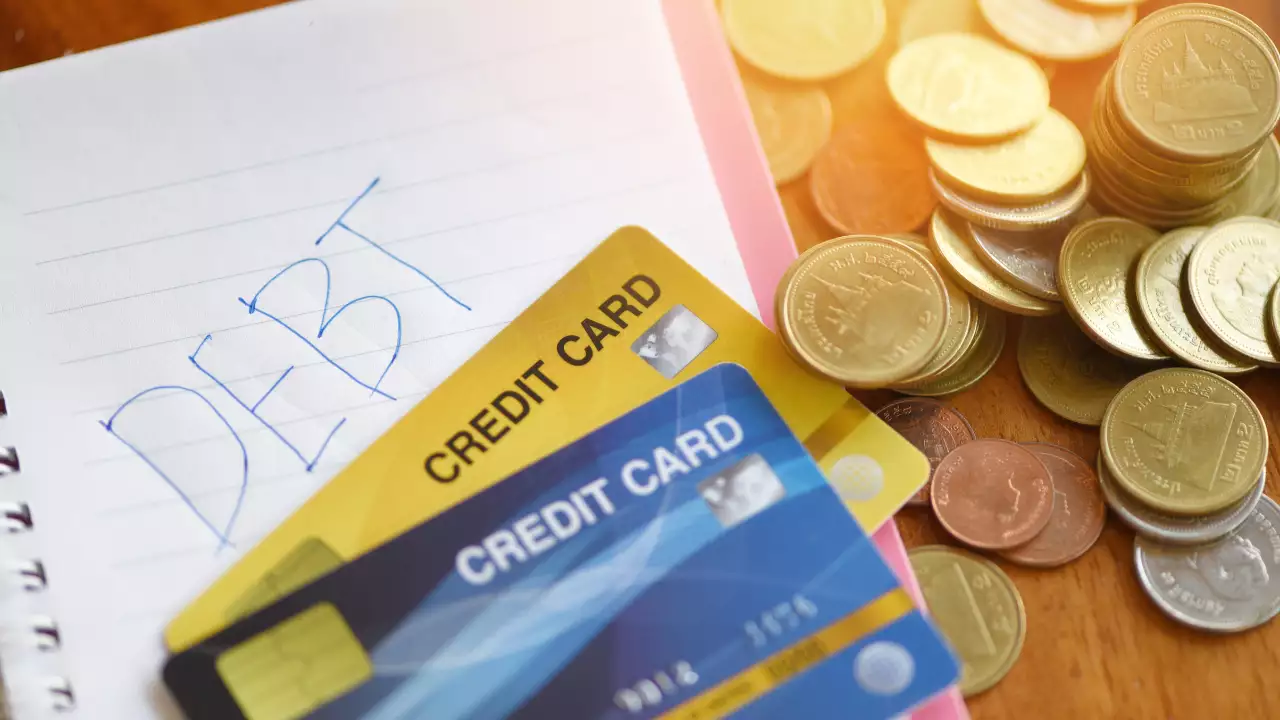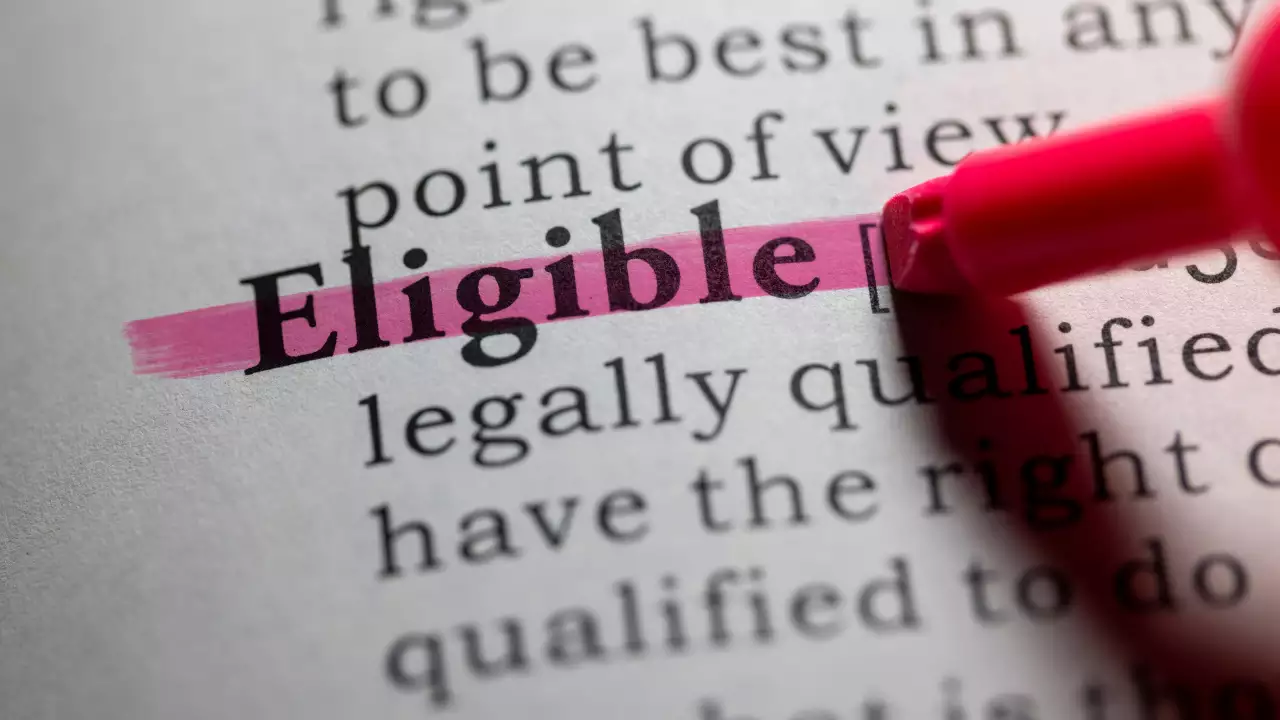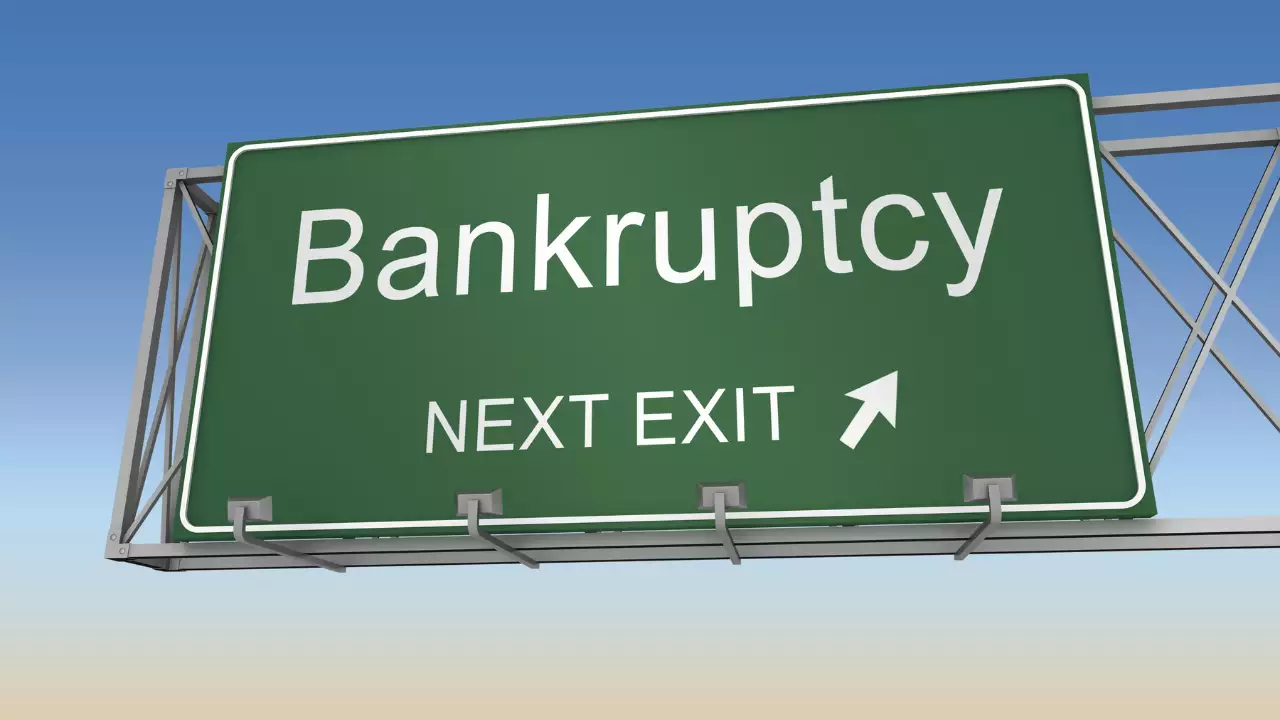A debt management plan (DMP) is a program that helps consumers repay their unsecured debt through consolidation and negotiated terms with creditors. It is offered by non-profit credit counseling agencies to help those struggling with high credit card bills and other debts.
The way a DMP works is that you make one monthly payment to the credit counseling agency, who then distributes payments out to your creditors. The agency first negotiates with the creditors to reduce interest rates, waive fees, and create a repayment plan that works with your budget.
This makes your monthly payments and total repayment amount more affordable.
Overview of the Benefits of Debt Management Plans

There are many potential benefits to enrolling in a DMP, such as:
- Lower interest rates – Creditors may agree to reduce rates, sometimes drastically. This saves money on interest fees.
- Lower monthly payments – More affordable payments are set based on your budget.
- One easy payment – You make one payment to the agency instead of many bills.
- Get out of debt faster – With lower rates and fees, more money goes to principal.
- Stop collection calls – Creditors may agree to stop calls after enrollment.
- Improve credit score – Making on-time payments can start rebuilding your score.
Who Should Consider a Debt Management Plan?
Those who may benefit most from a DMP include:
Struggling with High Credit Card Debt
If you have excessive balances across multiple credit cards, a DMP can help tackle this debt through consolidation. Minimum payments on credit card bills are rarely enough to pay down balances in a reasonable timeframe. A DMP can resolve this.
Facing Rising Interest Rates and Fees
As balances grow on credit cards, banks often raise rates and impose more fees. This makes repayment difficult as more money goes to interest rather than principal. Enrolling in a DMP stops further rate hikes.
Receiving Frequent Calls From Collectors
If collectors are constantly calling about late payments, a DMP shows creditors you are addressing debts through counseling. Collectors typically stop calls after DMP enrollment.
Finding Minimum Payments Unaffordable
Minimum payments on credit cards are usually 2-3% of the balance. If even minimums have become too much, a DMP allows an agency to negotiate a monthly payment you can realistically budget for.
Wanting to Improve Your Credit Score
A DMP alone won’t rebuild your credit score quickly, but making consistent on-time payments through the program shows credit bureaus you are managing debt responsibly. This can start improving your score over time.
What Debts Can Be Included in a Debt Management Plan?

Common debts that can be addressed through a DMP include:
Credit Cards
This typically makes up the bulk of unsecured debt enrolled in a DMP. Banks will often negotiate rates and fees when consolidating credit card bills.
Medical Bills
Outstanding medical bills can also be managed through a DMP. Hospitals and clinics may reduce or eliminate interest on these debts.
Personal Loans
Unsecured personal loans from banks, online lenders, or payday lenders can be consolidated into a DMP as well. These creditors have little recourse for default, so they are often willing to negotiate affordable terms.
Other Unsecured Debts
Any unsecured debts owed to an individual entity rather than state/federal loans can potentially be enrolled, such as debts to retailers, gyms, cell providers, etc.
What Debts Cannot Be Included in a Debt Management Plan?
While DMPs address unsecured debts, the following cannot be included:
Mortgages
Mortgages and other home loans are secured debt, meaning failure to pay can result in foreclosure. Banks are unlikely to negotiate mortgages through credit counseling.
Auto Loans
Auto loans also fall under secured debts, so vehicles could be repossessed if payments are missed. Banks won’t include these in a DMP.
Student Loans
Federal and private student loans cannot be addressed through a DMP. Rules for student loan repayment are set by the Department of Education.
Other Secured Debts
Any loans secured by personal property the creditor can seize likely won’t qualify for a DMP, such as boat loans, RV loans, etc.
How to Qualify for a Debt Management Plan

To enroll in a DMP, you’ll need to prove eligibility:
Overview of Eligibility Criteria
Agencies have broad eligibility requirements regarding income, debts owed, and other factors. They want to ensure you can actually afford the negotiated payments.
Required Documents
You’ll need to provide recent pay stubs, statements for all debts to be consolidated, and bills to confirm expenses. An agency can then verify income and create a budget.
Income and Debt-to-Income Requirements
Counselors will review your debt-to-income ratio based on your income documentation. There is no set threshold, but a higher ratio means less ability to afford payments.
Credit Score Usually Not a Factor
Credit score alone doesn’t determine DMP eligibility. But a very low score can imply high risk of default. Even with bad credit though, a DMP may be possible.
Alternatives to Debt Management Plans

While a DMP has many benefits, other debt relief options exist:
Debt Consolidation Loans
Banks and online lenders offer debt consolidation loans allowing you to roll multiple debts into one personal loan with fixed payments. This can make repayment easier to manage but may have higher interest rates than a DMP.
Balance Transfer Credit Cards
Balance transfer cards offer a 0% intro APR for 6-18 months when transferring existing credit card balances over. This pause on interest accumulation can provide temporary relief.
Debt Snowball/Avalanche Methods
On your own, you can use a debt snowball or debt avalanche strategy – ordering debts from smallest to largest balance and aggressively paying them off one by one. No creditor negotiation is involved however.
Debt Settlement
Debt settlement companies negotiate lump-sum payoffs of debts for less than the full amount owed. This can resolve debts entirely but also comes with fees and credit score impacts. It may be an option if a DMP cannot provide enough savings.
Bankruptcy
As a last resort, personal bankruptcy eliminates certain debts entirely through court processes. While effective, it comes with severe credit impacts that can last for years. Most try to avoid bankruptcy if possible.
Finding a Reputable Credit Counseling Agency
Choosing an accredited, ethical agency is critical when seeking a DMP. Consider the following when researching agencies:
Tips for Researching Agencies
Look for non-profit status, years in business, variety of services, and personalized assistance. Check reviews, complaints, and the company’s Better Business Bureau rating.
Warning Signs of Scams
Avoid agencies promising extremely fast debt relief or that try locking you into services before fully explaining processes. Never pay large upfront or monthly fees – reputable agencies charge modest fees relative to savings.
Questions to Ask Potential Agencies
Ask about the counseling process, negotiations, fees, payment processing, creditor relationships, security measures, and options if the DMP doesn’t provide sufficient savings. An agency should answer clearly and honestly.
Costs and Drawbacks of Debt Management Plans

While beneficial overall, it also helps to weigh the potential downsides of a DMP:
Enrollment and Monthly Service Fees
Agencies charge small enrollment fees around $50-75 and monthly fees based on amount of debt enrolled. Fees should never exceed 8-10% of total savings – if so, find another agency.
Temporary Drop in Credit Score
When accounts get closed and balances consolidated, it can temporarily lower your score. Plus, your credit report will show you entered counseling. The impacts are usually small and offset by ongoing payments.
Creditors May Not Agree to Terms
Rarely, a creditor won’t accept the negotiated terms and drops out of the DMP. When this happens, you’d need to repay that debt separately based on original terms.
Late Fees if Payment is Missed
If a payment to the agency is missed, creditors can reimpose late fees and penalties. Stay on track with payments to avoid this.
Limited Access to New Credit
Being enrolled in a DMP may make it harder to obtain additional credit like loans or cards. Some creditors have lending restrictions once you enter a DMP. Access to credit starts improving again after completing the program.
The Debt Management Process Step-By-Step
If deciding to enroll, here is an overview of the process:
1. Initial Consultation
You’ll discuss your financial situation, debts, income, expenses and goals. An counselor provides information on services and fees and begins determining if a DMP could help.
2. Budget Analysis
Based on your documentation, the agency analyzes income, bills, and current debt payments to create a detailed budget summarizing cash flow and disposable income.
3. Proposal of Debt Management Plan Terms
Using the budget, the counselor calculates an affordable monthly DMP contribution. They outline proposed terms to creditors based on your ability to pay.
4. Negotiation with Creditors
The agency negotiates reduced interest rates, waived fees, repayment terms, and program length on your behalf based on proposed terms.
5. Monthly Payments to Agency
Once finalized, you begin making a single monthly payment to the agency which includes funds distributed to creditors plus service fees.
6. Agency Distributes Payments
The agency distributes payment amounts to your creditors per the negotiated terms each month.
7. Debt Free in 3-5 Years
Based on repayment terms, most DMPs aim to help you repay debts completely in 3-5 years and rebuild credit along the way.
Getting the Most from Your Debt Management Plan
To achieve the best results from a DMP, be sure to:
Tips for Budgeting During the Plan
Carefully manage income and expenses to afford payments comfortably. Build savings where possible to prevent falling behind. Review budget if changes occur.
Rebuilding Your Credit Score
Check reports regularly and dispute errors. As on-time payments continue, scores should keep improving. After completing the program, access credit responsibly.
Staying Out of Debt After
Adjust spending habits that contributed to past debts. Maintain savings, use credit cards minimally and responsibly, and budget carefully even after becoming debt free through the DMP.
Conclusion
Debt management plans offer easier payments, reduced debt faster, possible interest savings, and credit score improvement. Downsides may include fees, temporary score drops, and less access to credit during enrollment. Overall, it can provide debt relief for the right consumers.
FAQs
1. Who Should Consider a Debt Management Plan?
Those struggling with high unsecured debts relative to income, facing unaffordable rising credit costs, and unable to keep pace with minimum payments may benefit most from a DMP. Compare it to alternatives like debt consolidation or settlement to decide if it’s the right debt relief solution.
2. Who is eligible for a debt management plan?
You may qualify for a DMP if you have unsecured debt over $10,000, steady income to make monthly payments, and a debt-to-income ratio under 50% in some cases. Your credit score is usually not a factor.
3. Will a debt management plan hurt my credit score?
Enrolling in a DMP may cause a small temporary drop in your credit score. But making consistent on-time payments can start improving your credit after a few months.
4. How much does a debt management plan cost?
A reputable agency charges a small enrollment fee around $50 and monthly service fees under $100. Fees should never exceed 10% of total savings.
5. How long does a debt management plan take to complete?
Most DMPs aim to help you become debt free in 3-5 years. The length depends on your total debt enrolled and the terms negotiated with each creditor.
6. Can I enroll with some creditors and not others?
Yes, it is possible to enroll just some of your debts in a DMP if needed. The agency will negotiate terms only with creditors you choose to include.
7. What happens if I miss a payment?
If you miss a payment, creditors may reimpose late fees, penalties, and even drop you from the DMP. This can undo progress made, so staying current on payments is critical.